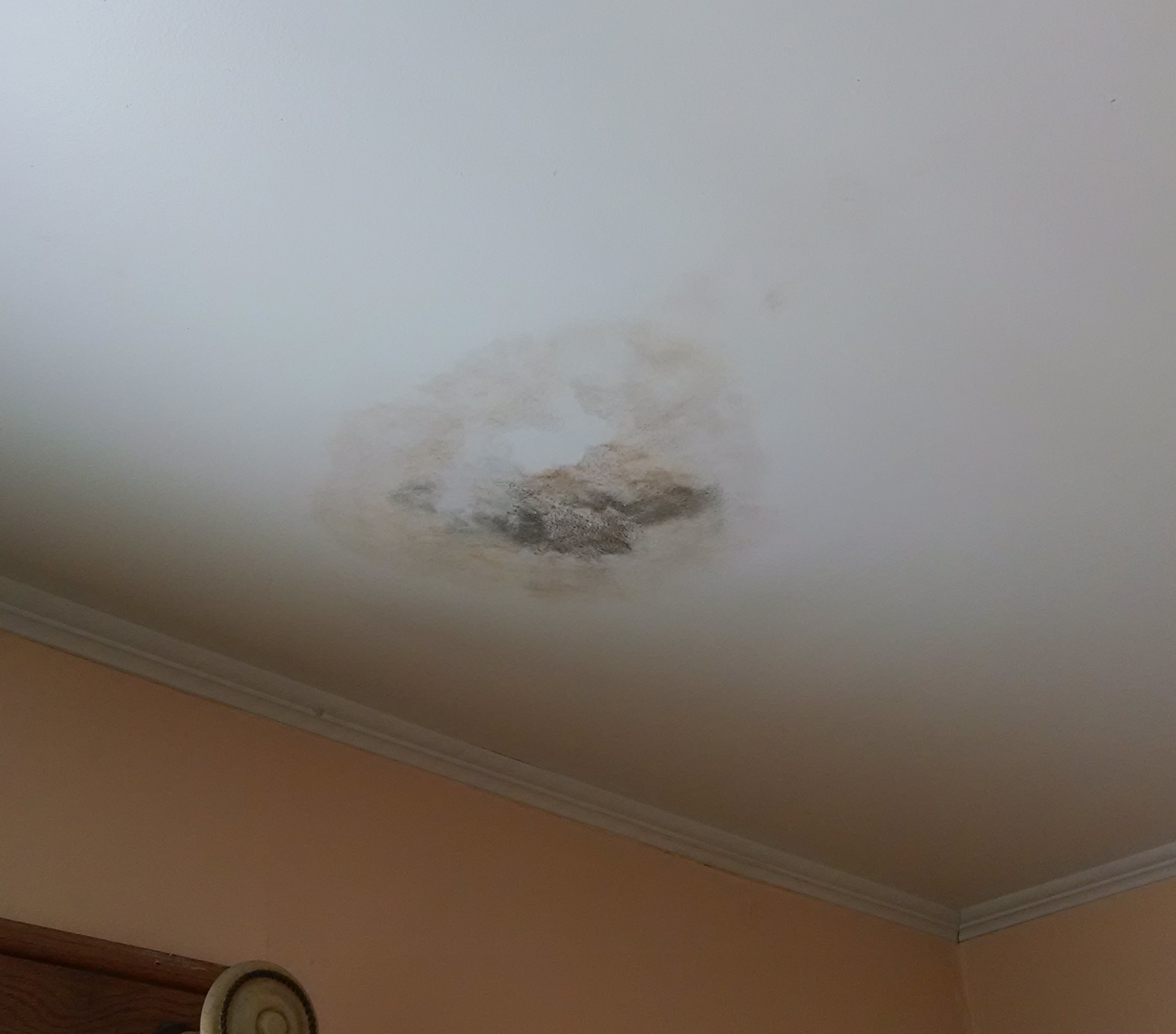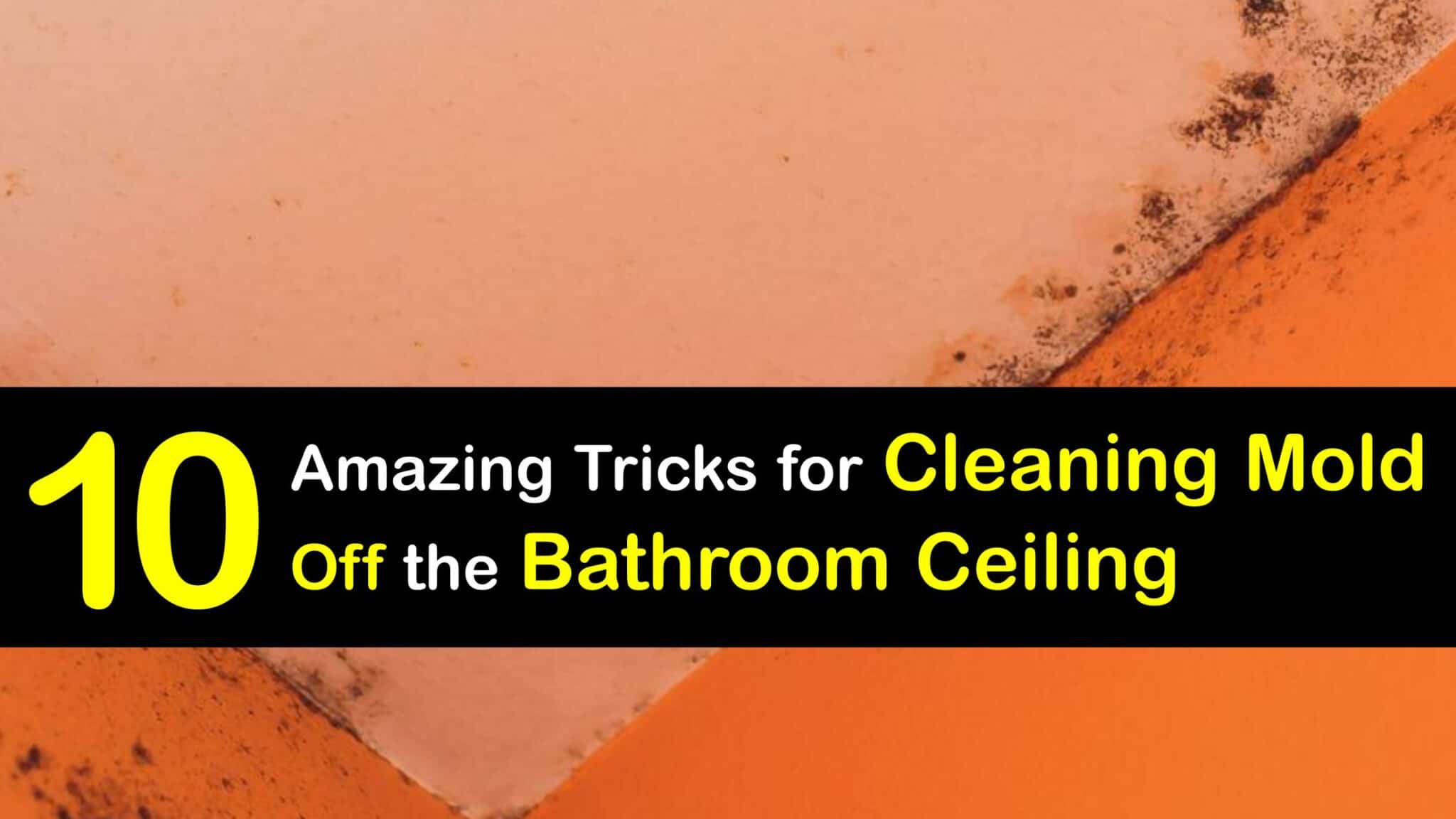Understanding Mold Growth in Bathrooms

Bathrooms are often prone to mold growth due to their inherent dampness and moisture. Understanding the conditions that foster mold growth in these spaces is crucial for preventing its formation and maintaining a healthy environment.
Conditions Contributing to Mold Growth
The presence of moisture and humidity are the primary factors that contribute to mold growth in bathrooms. Mold thrives in environments where moisture levels are consistently high, particularly when combined with inadequate ventilation.
- Humidity: Bathrooms generate significant humidity through activities like showering, bathing, and washing. The steam released during these activities can linger in the air, saturating the environment with moisture.
- Moisture: Leaky pipes, faucets, or showerheads can introduce constant moisture into the bathroom, creating an ideal breeding ground for mold. Water spills and condensation from windows can also contribute to moisture accumulation.
- Lack of Ventilation: Proper ventilation is essential for removing excess moisture and preventing its buildup. Inadequate ventilation allows moisture to linger, creating a favorable environment for mold growth.
Types of Mold and Health Risks
Various types of mold can flourish in bathrooms, each posing different health risks. Understanding the common types and their potential health effects is essential for taking appropriate measures to mitigate mold growth.
- Cladosporium: This common mold is typically found in damp areas, including bathrooms. It can cause allergic reactions, including sneezing, runny nose, and itchy eyes. In some cases, it can also trigger asthma symptoms.
- Penicillium: Another common mold, Penicillium, is often found in bathrooms and can cause allergic reactions, including respiratory problems. It is also known to produce mycotoxins, which can have adverse health effects if inhaled or ingested.
- Aspergillus: This type of mold is particularly prevalent in damp environments and can cause respiratory problems, allergic reactions, and even infections in individuals with compromised immune systems.
Identifying Mold in Bathrooms, Painting moldy bathroom ceiling
Mold growth can be visually identified in bathrooms, but its presence can also be indicated by certain signs. Performing a thorough inspection of the bathroom can help determine if mold is present and take necessary steps to address it.
- Visual Inspection: Mold often appears as dark spots, patches, or fuzzy growth on surfaces like walls, ceilings, grout, and shower curtains. Its color can vary depending on the type of mold, ranging from black, green, white, or even pink.
- Musty Odor: Mold produces a distinct musty odor that can be noticeable in the bathroom. This odor can indicate the presence of mold, even if it is not visually apparent.
- Allergic Reactions: If you experience symptoms such as sneezing, runny nose, itchy eyes, or respiratory problems, especially after spending time in the bathroom, it could be an indication of mold exposure.
Preventing Mold Growth in Bathrooms
:max_bytes(150000):strip_icc()/GettyImages-469903840-5e6f392408f24eeaa0fcc7a19e633f8d.jpg)
Mold growth in bathrooms is a common problem, especially in humid climates. While mold can be unsightly and even pose health risks, it’s preventable with proper maintenance and hygiene practices. This section delves into effective methods for preventing mold growth in bathrooms, focusing on ventilation, dehumidification, and regular cleaning.
Controlling Moisture
Moisture is the primary driver of mold growth. Bathrooms are inherently humid environments due to showering, bathing, and general use. Addressing potential sources of moisture is crucial for preventing mold growth.
- Ensure Proper Ventilation: A well-ventilated bathroom allows moisture to escape, preventing condensation and mold growth. Install and maintain exhaust fans, ensuring they run for at least 15 minutes after showering or bathing. Open windows when weather permits to promote air circulation.
- Address Leaks Promptly: Leaking pipes, showerheads, and faucets can contribute significantly to moisture buildup. Repair leaks promptly to prevent water damage and mold growth.
- Maintain Shower Curtains and Doors: Shower curtains and doors should be kept clean and dry to prevent water from pooling and creating a breeding ground for mold. Consider using mildew-resistant shower curtains and ensure doors seal properly.
- Use Dehumidifiers: In humid climates or bathrooms with poor ventilation, a dehumidifier can help remove excess moisture from the air. Choose a dehumidifier appropriate for the size of your bathroom and empty the collection tank regularly.
Cleaning and Disinfecting
Regular cleaning and disinfection are essential for preventing mold growth in bathrooms. Focus on areas prone to moisture and mold buildup.
- Clean Regularly: Clean your bathroom at least once a week, focusing on areas like the shower, tub, sink, and toilet. Wipe down surfaces with a mild cleaning solution and a damp cloth, removing any visible mold or mildew.
- Disinfect Surfaces: Use a disinfectant cleaner, such as bleach solution, to kill mold spores and prevent their growth. Mix bleach with water according to the manufacturer’s instructions. Apply the solution to affected areas, allowing it to sit for several minutes before rinsing thoroughly.
- Clean Grout: Grout in showers and tubs can trap moisture and become a breeding ground for mold. Use a grout cleaner and a stiff-bristled brush to clean grout regularly.
- Ventilate During Cleaning: Open windows or run the exhaust fan while cleaning to allow moisture and cleaning fumes to escape.
Recommended Cleaning Products
Several products are effective for cleaning and disinfecting bathrooms to prevent mold growth. Here are some common options:
- Bleach: Bleach is a powerful disinfectant that kills mold spores. Dilute bleach with water according to the manufacturer’s instructions and apply it to affected areas. Wear gloves and eye protection when using bleach.
- Vinegar: Vinegar is a natural disinfectant that can effectively kill mold spores. Apply undiluted vinegar to affected areas, allowing it to sit for several minutes before rinsing thoroughly.
- Borax: Borax is a natural mineral that can be used as a mold inhibitor. Mix borax with water to create a paste and apply it to affected areas. Allow the paste to dry completely before rinsing.
- Tea Tree Oil: Tea tree oil is a natural antifungal agent that can help prevent mold growth. Mix a few drops of tea tree oil with water and apply it to affected areas.
Additional Tips for Mold Prevention
- Use a Shower Squeegee: After each shower, use a squeegee to remove excess water from the shower walls and doors. This helps prevent water from pooling and creating a breeding ground for mold.
- Dry Wet Surfaces: After cleaning, dry wet surfaces with a towel or cloth. This helps prevent moisture from lingering and promoting mold growth.
- Use a Dehumidifier: Consider using a dehumidifier in your bathroom, especially during humid weather. A dehumidifier can help remove excess moisture from the air, preventing mold growth.
- Avoid Overcrowding: Overcrowding can contribute to moisture buildup and mold growth. Try to keep your bathroom well-ventilated and avoid storing excessive items in the space.
Removing Mold from a Bathroom Ceiling: Painting Moldy Bathroom Ceiling

Mold growth on a bathroom ceiling can be unsightly and pose health risks. Removing mold effectively requires a combination of safety precautions, proper cleaning methods, and addressing the underlying cause of the growth.
Safety Precautions and Protective Gear
Mold removal involves working with potentially harmful substances, so it’s crucial to prioritize safety. Before starting the removal process, gather the following protective gear:
- Gloves: Wear heavy-duty rubber gloves to protect your hands from mold spores and cleaning solutions.
- Mask: A respirator mask with a P100 filter is essential to prevent inhaling mold spores. This type of mask offers the highest level of protection against airborne particles.
- Eye protection: Wear goggles or safety glasses to shield your eyes from cleaning solutions and mold spores.
- Protective clothing: Cover your body with long-sleeved clothing and pants to minimize skin contact with mold. Consider wearing a disposable coverall for extra protection.
Additionally, ensure adequate ventilation in the bathroom by opening windows and doors during the removal process. This helps to minimize your exposure to mold spores and allows for proper air circulation.
Methods for Removing Mold
Once you’ve donned your protective gear and ensured proper ventilation, you can begin removing the mold. The appropriate method depends on the extent of the mold growth and the type of ceiling material.
- Scrubbing: For minor mold growth, scrubbing with a solution of water and detergent may be sufficient. Use a stiff-bristled brush and apply gentle pressure to remove the mold from the surface. Rinse thoroughly with clean water afterward.
- Scraping: If the mold is thick or embedded in the ceiling material, scraping may be necessary. Use a scraper designed for mold removal and work carefully to avoid damaging the ceiling. Dispose of the scraped mold in a sealed plastic bag.
- Bleach Solutions: Bleach is an effective disinfectant for killing mold spores. However, use it with caution, as it can damage certain materials. Mix a solution of 1 part bleach to 10 parts water and apply it to the affected area with a spray bottle. Allow the solution to sit for 10 minutes, then scrub the area and rinse thoroughly with clean water. Always wear gloves and eye protection when working with bleach.
After cleaning, allow the ceiling to dry completely before applying a mold-resistant sealant. This helps prevent future mold growth.
Addressing the Underlying Cause of Mold Growth
Removing mold from a bathroom ceiling is only a temporary solution unless you address the underlying cause of its growth. Mold thrives in damp environments, so identifying and eliminating moisture sources is crucial.
- Leaks: Check for leaks in the plumbing, roof, or windows. Repair any leaks promptly to prevent further moisture buildup.
- Ventilation: Ensure adequate ventilation in the bathroom. This can be achieved by using an exhaust fan during and after showers.
- Humidity: Keep humidity levels in the bathroom below 60%. Consider using a dehumidifier if necessary.
By addressing the underlying cause of mold growth, you can create a drier environment and prevent future mold problems.
